How to use a pulse oximeter in adults
Key points about using a pulse oximeter for adults
- A pulse oximeter is a small device that fits on your finger and quickly and easily checks your oxygen levels and heart rate.
- The information on this page is for the use of a pulse oximeter in adults. For use in children, see how to use a pulse oximeter in children.
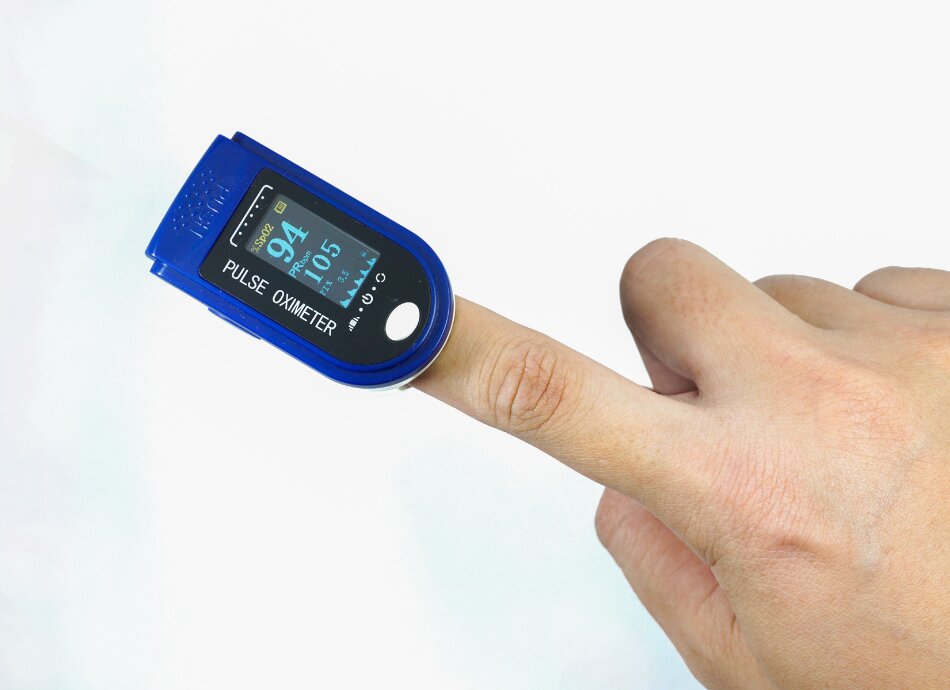
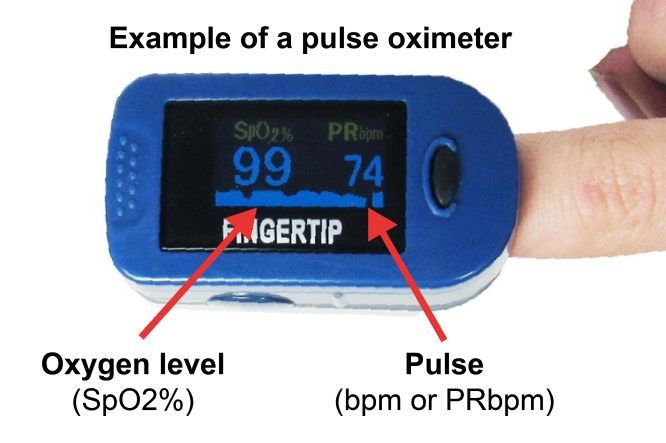
A pulse oximeter is a small, painless device that clips onto your finger and uses light beams in a sensor to estimate the amount of oxygen in your blood without taking a blood sample. This helps to track and assess how well your lungs are working.
Note: There is a different page on how to use a pulse oximeter in children.
Note: Be aware that the quality and accuracy of different pulse oximeters can vary.
A pulse oximeter measures 2 things:
- Pulse – this is a measure of how fast your heart is beating. Your pulse is measured in beats per minute (bpm). On your device this number may show as bpm or PRbpm (pulse rate/beats per minute).
- Oxygen saturation level – this is a measure of how much oxygen is in your blood. Your oxygen saturation is measured as a percentage (scored out of 100). On your device this number may show as SpO2% (saturation percentage of oxygen).
A pulse oximeter can be used to help monitor a range of conditions in hospital or at home, including COVID-19 infection. COVID-19 is a viral infection. For most people, the symptoms are relatively mild, and they usually get better over 2–3 weeks. However, for some people, the symptoms can be very serious and can get worse quickly.
- Your healthcare team will let you know if you need a pulse oximeter at home
- If you are advised to monitor your symptoms and breathing, then the use of a health and symptom diary [PDF, 615 KB] can help you and your healthcare team track any changes.
This page will explain how to use a pulse oximeter, what the numbers mean and what actions you should take.
If at any time you experience shortness of breath at rest or difficulty breathing, or your symptoms become suddenly worse, call 111 for an ambulance.
There are different brands of these devices – please read the manufacturer's instructions. The following video and table provides a general guide. Ask your healthcare team if you have any questions.
Video: How to use a pulse oximeter
Click the image below to play the video. This video may take a few moments to load.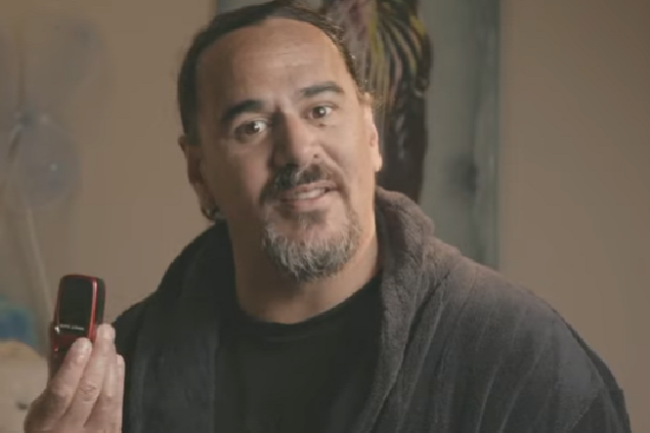 [MP4, 22 MB]
[MP4, 22 MB]
(Healthify He Puna Waiora, NZ and Aotearoa Collaborative, NZ, 2021)
You can also watch this video directly on Youtube(external link).
| How to use a pulse oximeter – a general guide |
Preparing
Taking your reading
Recording your numbers
|
Your healthcare team will give you details on appropriate oxygen saturation levels for your specific medical condition. The following is a guide for adults with no previous lung conditions.
| Oxygen saturation SpO2% |
Pulse rate (bpm or PRbpm) | Action |
| 95–100 | 50–99 | ✔ Acceptable |
| 92–94 | 100 –119 | Seek advice from your COVID-19 healthcare team |
| Below 92 | 120 or more | Call 111 for urgent medical care |
Do not rely only on a pulse oximeter to assess your health condition or oxygen level. It is only a measurement device.
Other signs or symptoms of low oxygen levels are:
- bluish colouring in your face, lips or nails
- shortness of breath, difficulty breathing or a cough that gets worse
- restlessness and discomfort
- chest pain or tightness
- fast or racing pulse rate.
If you have any concerns or questions, contact your healthcare team directly.
|
If at any time you experience any of the symptoms above, or your symptoms become suddenly worse, call 111 for an ambulance. |
Pulse oximeters are very useful devices but it is important to remember that there are limitations to their use.
- Be aware that lots of different factors can affect the accuracy of a pulse oximeter reading. These include poor circulation, skin pigmentation/colouring, skin thickness, skin temperature, current tobacco use, use of fingernail polish or artificial nails, tattoos and dyes, and maintenance and cleaning of devices.
- Also be aware not all pulse oximeters are of the same quality and accuracy.
If you have any breathing problems or concerns, phone your healthcare team or HealthLine 0800 611 116 for advice. Do not rely on a pulse oximeter alone to assess your health condition or oxygen level, it is only a measurement device.
Pulse oximetry(external link) British Lung Foundation, UK
Resources
Covid-19 your symptom diary [PDF, 652 KB] Healthify He Puna Waiora, NZ, 2021
Covid-19 your health and symptom diary [PDF, 615 KB] Healthify He Puna Waiora, NZ, 2021
COVID-19 positive – how to use a pulse oximeter [PDF, 276 KB] Healthify He Puna Waiora, NZ, 2021
COVID-19 positive – how to manage your symptoms [PDF, 135 KB] Healthify He Puna Waiora, NZ, 2021
COVID-19 positive – symptoms and when to get help [PDF, 151 KB] Healthify He Puna Waiora, NZ, 2021
References
- Pulse oximetry(external link) American Thoracic Society, US
- Pulse oximeter accuracy and limitations(external link) Food and Drug Administration, US
- Remote management of covid-19 using home pulse oximetry and virtual ward support(external link) British Medical Journal, 2021
- Limitations of pulse oximeters and the effect of skin pigmentation(external link) Therapeutics Goods Administration, Australia
- The use and regulation of pulse oximeters (information for healthcare professionals)(external link) Medicines and Healthcare products Regulatory Agency (MHRA), UK
Brochures
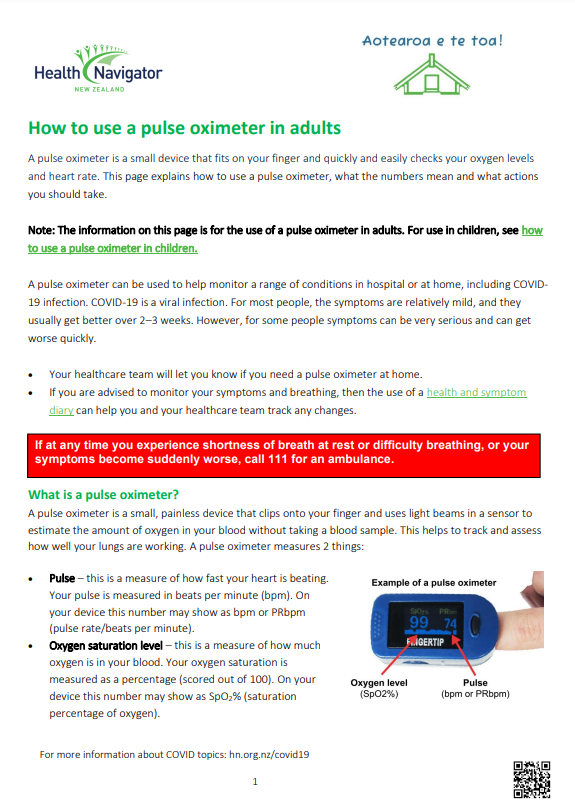
Healthify He Puna Waiora, NZ, 2021
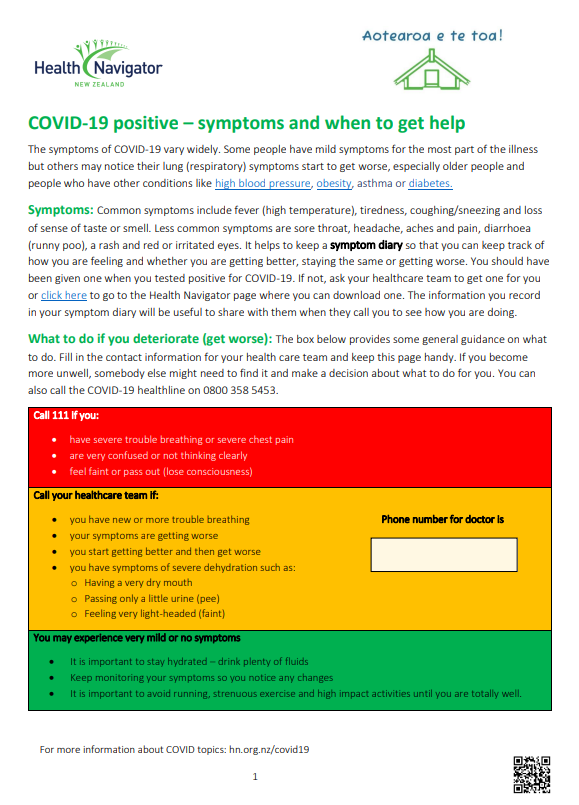
Healthify He Puna Waiora, NZ, 2021
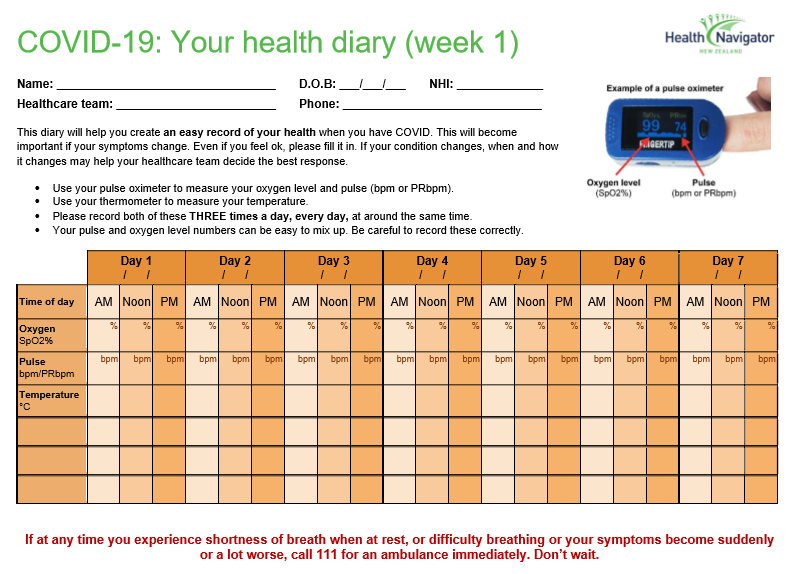
Healthify He Puna Waiora, NZ, 2021
Credits: Healthify editorial team. Healthify is brought to you by Health Navigator Charitable Trust.
Reviewed by: Dr Helen Liley, Clinical Editor, Auckland Regional HealthPathways
Last reviewed:
Page last updated:





